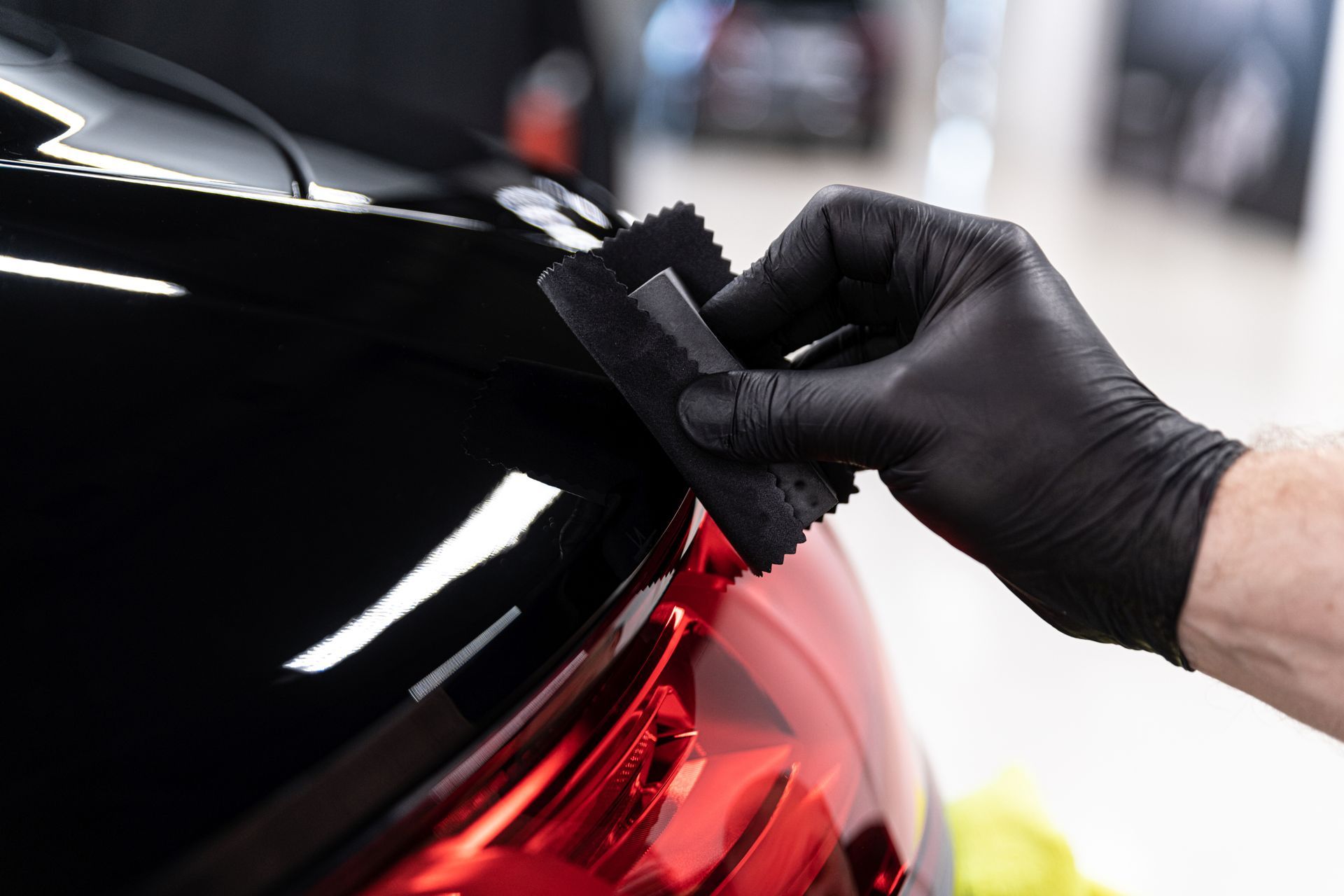Ceramic coatings have gained popularity in the automotive industry for their ability to provide long-lasting protection and enhance the appearance of vehicles. Different types of ceramic coatings are available in the market, and understanding their differences can help consumers make an informed decision when selecting the right coating for their needs.
Consumer-grade ceramic coatings are typically designed for easy application by car enthusiasts or DIYers. They usually come in ready-to-use kits and offer decent protection against UV rays, oxidation, and minor scratches. These coatings are composed of a mixture of polymers and silicon dioxide (SiO2) nanoparticles. While they provide a good level of protection, their durability may not match that of professional-grade coatings.
On the other hand, professional-grade ceramic coatings are often used by detailing professionals. They are typically composed of advanced formulations that include higher concentrations of SiO2 nanoparticles, enhancing their durability and resistance to environmental elements. Professional coatings can offer superior protection against UV rays, acid rain, bird droppings, and even chemical contaminants. They require a more meticulous application process and may require multiple layers to achieve the desired results.
When it comes to performance characteristics, professional-grade ceramic coatings generally outperform their consumer-grade counterparts. They provide enhanced hydrophobic properties, making water and dirt bead off the surface easily. These coatings also offer a higher gloss finish, increased resistance to staining, and greater durability, often lasting for several years.
The choice between consumer-grade and professional-grade ceramic coatings depends on individual preferences, budget, and intended use. If you are a casual car enthusiast looking for decent protection, a consumer-grade coating might be sufficient. However, if you desire superior durability and performance, investing in a professional-grade ceramic coating is advisable.



